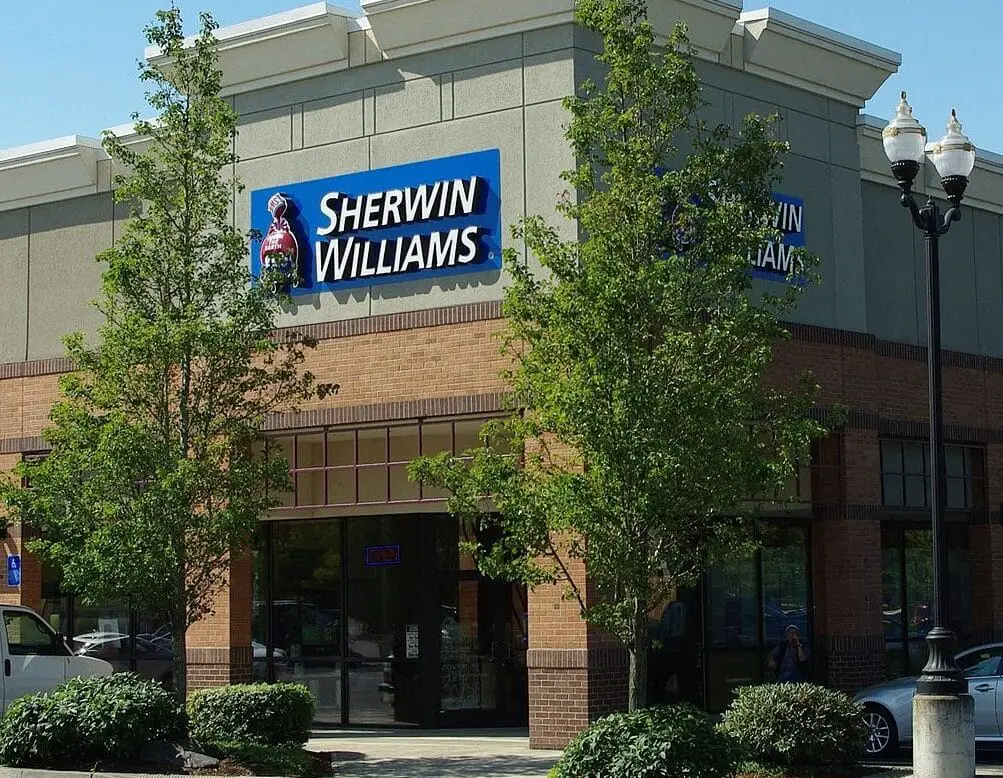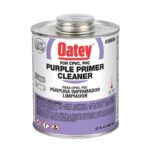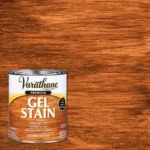Sherwin Williams Satin and Eggshell, So you’ve finally narrowed down your seemingly endless options and settled down on two of the more popular paint finishes: Sherwin Williams vs. Eggshell? Well, repainting your can be the ultimate game-changer and possibly the easiest and most accessible way to transform your space.
But before you start pouring over paint samples and heading to your local home depot, there’s still more to consider before you get to painting. Both Eggshell and Satin have distinct differences that can affect the appearance and performance of your paint.
In this article, we’ll discuss the different features of satin and eggshell paint, find out how they perform, and provide a verdict regarding the better option between the two. But first, here’s a quick overview of the differences between satin and eggshell paint from Sherwin Williams.
Table of Contents
Sherwin Williams Satin Vs Eggshell: Main Differences
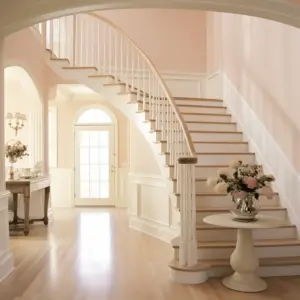
The main differences between Sherwin Williams and Eggshell paint include:
Satin is better suited for use in high-moisture places such as bathrooms whereas eggshell is not.
Eggshell is considered easier for beginners in comparison to satin as the latter tends to show imperfections such as brush strokes.
While Satin can pick up dirt more frequently, Eggshell doesn’t show marks easily.
Satin is generally more straightforward to clean compared to Eggshell.
It usually more reflective, whereas Eggshell doesn’t provide the same glossy finish.
Satin Paint Finish vs. Eggshell Paint: Overview
Satin coatings have a silky gloss. However, it is less lustrous than semi-gloss and might appear glossy or flat depending on room lighting.
Satin has a greater gloss than Eggshell, making it more reflective and durable. It’s fantastic for adding character to a paint hue or creating an understated depth in space.
Most customers picked Satin for bathrooms, kitchens, and kids’ rooms due of its durability. If you wish to highlight a room’s architecture, satin trimming is preferred. The silky finish will highlight defects, so make sure the walls are smooth and blemish-free.
However, Eggshell paint finishes are low-luster with a faint shine like an eggshell. Eggshell’s low luster reflects and bounces light, giving a room depth without being glossy.
Eggshell paint has a delicate shine that can be highlighted or dimmed. It has the lowest shine before flat and matte finishes.
Eggshell is less durable than satin yet less glossy. It still outlasts matter and flat finishes. Eggshell works well on medium-to-low-traffic walls. Living and dining rooms utilize it since it’s sturdy and doesn’t gather up dirt. It’s also simple to clean.
Sherwin Williams Satin vs. Eggshell: Features
Here is an in-depth look at the different features of Satin and Eggshell paint to help determine the most suitable option for your home.
Number of Coats Required
Usually, there shouldn’t be much difference between the number of coats you need to apply when using Satin or Eggshell. Both of these paints deliver an acceptable level of coverage, and in most cases, you’ll hardly need more than two coats.
That said, however, it all depends on the color you choose and the color that’s on your walls. In the event that you’re painting a lighter color onto a dark shade, that might involve three or even more paint strippers to achieve the finish desired. Meanwhile, if you’re stripping a darker color over a light shade, you’ll require fewer coats of Satin or Eggshell.
Flexibility
Remember not every room in your home is the same. Temperature changes and excessive moisture will require you to consider different types of paint. For instance, if you’re painting a bathroom where the temperature will rise and fall every day, you’ll need paint to cope with such conditions.
Satin is considered best for high-moisture places as it is more straightforward to clean. It has a shine and more durable construction that makes it better for high moisture environments. So, in case of any mold or mildew, you can easily take care of it.
Still, a lot of people use Eggshell in their bathroom, so it isn’t completely useless for such rooms in your home. However, eggshell is generally better in lower-traffic areas of your home. While your bathroom is probably one of the busiest rooms in your home, this type of paint isn’t always meant to deal with the dirt, marks, and mold that may appear.
Clean
Although Satin is prone to picking up more dirt and marks than eggshell, it’s overall pretty easy to clean and retains its fresh paint appearance. Satin paint can be cleaned with a damp, soft sponge. This should eliminate any marks and imperfections. In any case, avoid using any abrasive cleaning products.
Eggshell paint, for the most part, isn’t as simple to clean as Satin. On the bright side, eggshell doesn’t pick up dirt or marks as easily as satin. A wipe with a damp cloth can possibly remove some slight marks on an eggshell paint wall, but it’s better to apply this paint in lower-traffic rooms of your home to avoid any tough marks or spills.
Drying Time
Satin paint is associated with a touch curing time of 30 minutes to one hour with a recoat time of 1-2 hours. To be on the safe side, consider leaving the paint for two hours before applying another coat. This is quite manageable as you can quickly get two coats applied through the morning or afternoon.
Eggshell paint, meanwhile, has a slightly longer curing time and recoat time. The touch curing time for most eggshell paints is 1-2 hours and you can normally add the second coat after two hours.
There isn’t a significant difference between these two paints in terms of drying times. Although satin will dry a bit quicker than eggshell paint, the difference is fairly minimal.
Durability
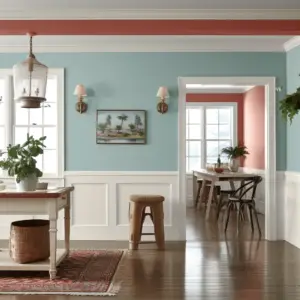
Satin is highly durable and long-lasting, which makes it suitable for high-traffic areas in your home such as bathrooms, kitchens, hallways, and other places where dirt and mark can appear. Although satin paint can show imperfections over time, it’s easy to clean and retains an agreeable look for years.
While eggshell isn’t as durable as satin, that doesn’t necessarily mean it will need to be repainted over again after a couple of months. In fact, some people don’t notice a significant difference in longevity between these two paints- even though satin is generally more durable and likely to last longer.
Price
No doubts Sherwin Williams paints aren’t the cheapest on the market. However, their paint doesn’t cost a lot compared to most home improvement materials available out there. When it comes to Satin vs. Eggshell pricing, there isn’t a huge difference between the two, but eggshell is usually slightly cheaper.
The Verdict
Both satin vs. eggshell paints from Sherwin Williams have their pros and cons. However, Satin is considered the best option for durability and flexibility. While eggshell paint is easier to clean than flat or matte paint, it is harder to clean than satin. This makes it ideal for use in living rooms and dining rooms. It is relatively durable and doesn’t pick up dirt easily.
The downside to satin paint is that it’s not the easiest to use for beginners as brush strokes and other mistakes can be more prevalent in the finish. But if you want a high-quality finish for your home, satin can work in any room and is especially great for smaller spaces due to its glossy look.
